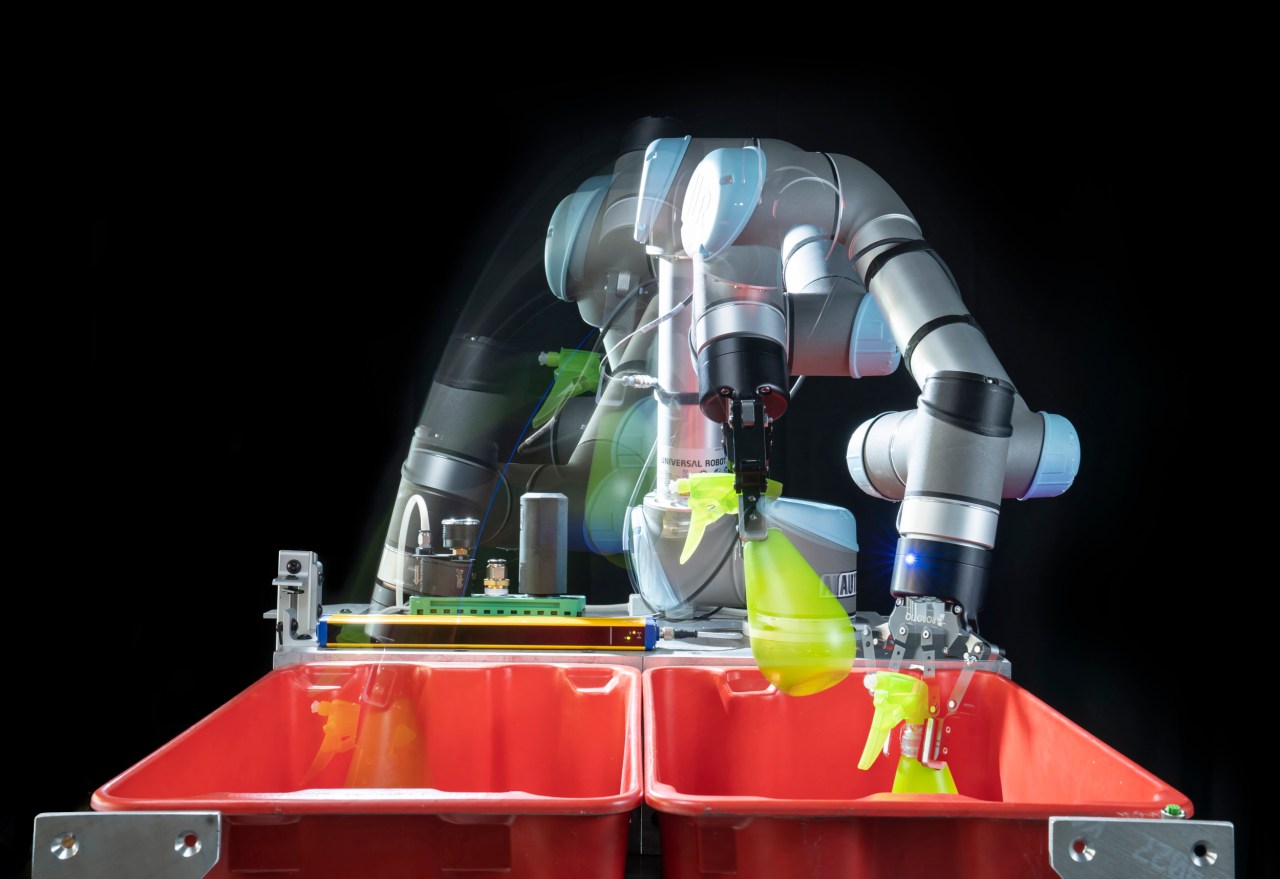In the bustling world of warehousing and logistics, the “pick and place” task has been a core function that robots are fundamentally engineered to excel at. However, the human touch has remained an indispensable component due to its innate efficiency and intuition. But now, researchers at UC Berkeley are paving the way for robots to match, and even surpass, human capabilities with an innovative two-pronged machine learning approach that could transform the landscape of automated warehousing.
The Human Factor in Pick and Place Tasks
Picking up and placing objects—such as boxes, fragile items, or heavy machinery components—is often an overlooked skill in daily life. Humans effortlessly navigate this task, leveraging years of experiences and an intuitive understanding of physics and motion. On the contrary, robots, with their rigid programming and lack of common sense, grapple with the nuance of movement and object handling. The conventional methods require robots to analyze countless potential paths for lift-and-place operations, which can consume precious time and computational resources.
Enter the Interlocking AIs
UC Berkeley’s groundbreaking research introduces a duo of machine learning models that operate in conjunction to optimize the process dramatically. The first model is designed for speed, generating myriad potential movements in a fraction of a second. It employs an extensive dataset of example movements that allow the robot arm to explore a wide array of possible actions swiftly. Once these options are on the table, a secondary model adeptly chooses the most feasible path forward.
This is where the magic happens; while functions like motion planning typically require extensive time frames—commonly between 10 to 40 seconds—this new system allows the robot to perform similar operations in under a tenth of a second, thanks to the “warm start” provided by the first model. This dynamic duo of AI not only expedites the decision-making process but significantly minimizes the lag traditionally associated with robotic movements.
The Impact on Warehousing Operations
- Efficiency Gains: By slashing motion planning delays, the new robotic system can increase the number of picks per hour, vital for meeting the rising demands of the online retail economy.
- Reduced Labor Strain: Tasks inherently designed for robots eliminate dangerous or exhausting work for human laborers, moving the workforce to more strategic roles.
- Sophisticated Sensing: Improved computer vision capabilities enable better environmental awareness, allowing robots to react dynamically to their surroundings and adjust their actions in real time.
Ken Goldberg, the lab director and senior author of the study, succinctly points out, “Every second counts.” Indeed, as modern logistics evolve, even small improvements compound to yield substantial benefits over time.
Real-World Application and Future Prospects
Despite these advancements, robots still lag behind their human counterparts in many facets of picking and placing. However, the trajectory set by this research suggests that with incremental progress, robotic systems can become competitive on a much larger scale. This is particularly crucial as e-commerce growth outpaces traditional supply chains, necessitating innovative solutions that blend efficiency with safety.
Conclusion: Embracing the Future of Robotics
As we stand at the threshold of a new era in robotics, the interlocking AIs developed by UC Berkeley exemplify the potential of machine learning to revolutionize everyday tasks that were once thought to be solely within human capability. The ripple effect of these advancements will influence not just warehouses but the overall landscape of automated operations. In a world driven by technology, it’s exciting to ponder how these efforts will lead to smarter, safer, and faster systems that redefine the logistics sector.
At fxis.ai, we believe that such advancements are crucial for the future of AI, as they enable more comprehensive and effective solutions. Our team is continually exploring new methodologies to push the envelope in artificial intelligence, ensuring that our clients benefit from the latest technological innovations.
For more insights, updates, or to collaborate on AI development projects, stay connected with fxis.ai.

